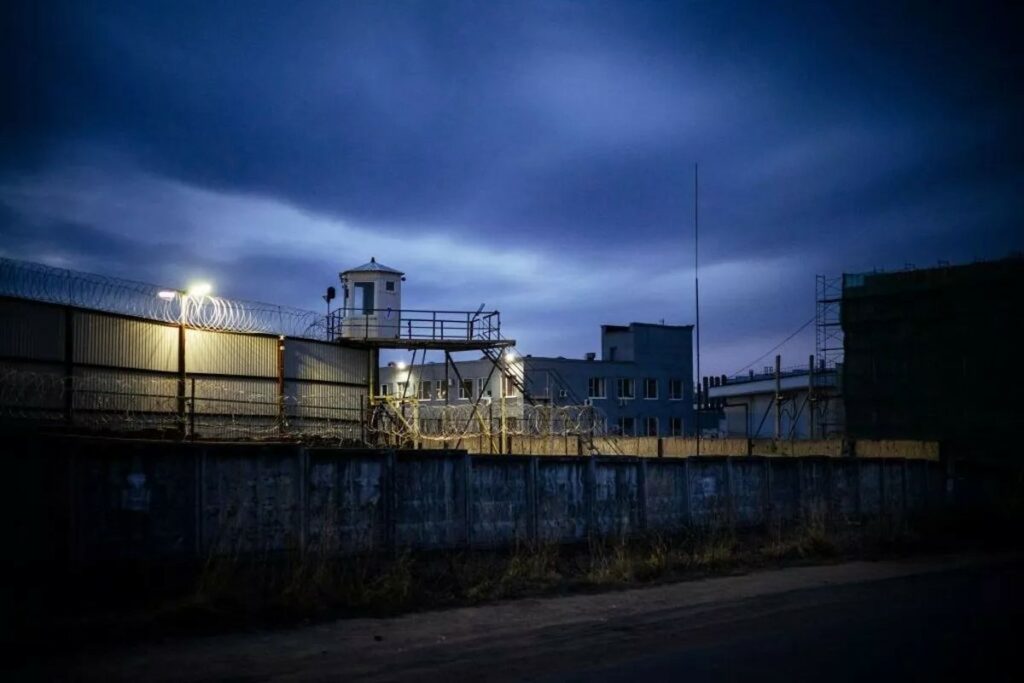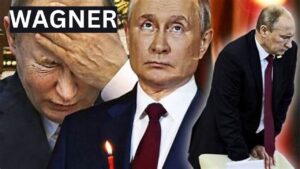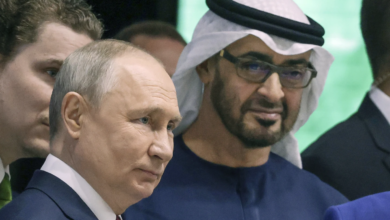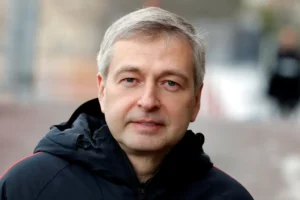Navalny’s Death 2023 : Alleged ‘KGB Hallmark’ Punch Strikes Heart, Says Vladimir Osechkin
Alexei Navalny was 'killed with a one-punch KGB method'
Although the official cause of death for Russian opposition figure Alexei Navalny remains undisclosed, reports suggest he may have succumbed to a method associated with the KGB — a single blow to the heart. Human rights advocate and Russian exile Vladimir Osechkin, speaking to The Times, indicated that bruising found on Navalny’s body aligns with this historical technique, prevalent during the KGB era and frequently employed by its special forces units.
Navalny’s Death
“The KGB trained their operatives to incapacitate a target with a single punch directly to the heart, targeting the body’s center,” he informed the publication. This revelation, along with speculation from individuals like Navalny’s widow Yulia, raises concerns about the 14-day delay in the release of Navalny’s body from the Arctic Circle prison.
Osechkin, the founder and operator of Gulagu.net, a platform gathering accounts from prisoners and workers in Russian correctional facilities, shared with The Times that his source within the penal colony where Navalny was held provided him with this information shortly after Navalny’s death on Friday.
Navalny’s disappearance on December 6, 2023, and subsequent discovery by his team on Christmas Day of the same year raised numerous questions about his whereabouts during those roughly 20 days. Various theories have emerged regarding what transpired during this period.
During his time in the penal colony, Navalny’s legal team was intermittently permitted to visit him, but access was reportedly subject to the discretion of prison staff. Additionally, crucial information concerning his well-being, including details about his health, was allegedly withheld from his lawyers.
In late December, he collapsed while taking a stroll, a liberty occasionally granted to him during his incarceration, reportedly due to hunger. The details of his condition over the ensuing days were kept concealed.
Reports suggest that Navalny was compelled to endure extended periods outdoors in frigid temperatures plummeting to as low as negative 27 degrees Celsius (negative 16.6 degrees Fahrenheit), enduring such conditions for hours on end in open-air solitary confinement. This treatment allegedly contrasted starkly with the limited outdoor time allotted to other prisoners, typically restricted to no more than an hour and in less severe weather conditions.

Osechkin surmised that these prolonged exposures to extreme cold “devastated his body,” drastically reducing his blood circulation to a minimal level. This, in turn, could have made it considerably easier to administer the fatal blow, purportedly delivered directly to his chest, targeting his heart and ultimately resulting in his demise.
According to Osechkin’s source, he endured his longest exposure to the frigid temperatures just four hours before his death. Osechkin speculated that such conditions would have made it “extremely easy to terminate someone swiftly, within moments, particularly for an operative with experience in this.”
The technique of a single punch was reportedly devised to eliminate a target discreetly, leaving minimal traces of the cause of death, as reported by the Daily Mail. Yulia has openly accused Putin of orchestrating her husband’s assassination using the nerve agent Novichok. She further asserted that the authorities are attempting to obscure the circumstances of Navalny’s death, citing the delayed release of his body as evidence of this.
However, Osechkin contends that the single-punch method is more plausible, given its clandestine nature and the limited physical evidence it would leave behind. This lack of traceable evidence, Osechkin argued, would make it difficult to attribute the death directly to Putin, who, according to Osechkin, would have been keen to evade suspicion in Navalny’s demise.
Nonetheless, suspicions surrounding Putin persist for two compelling reasons: firstly, Navalny was his most vocal and influential critic, posing a significant threat to Putin’s regime; secondly, Putin’s extensive tenure in the KGB, spanning approximately 15 years as a foreign intelligence officer before his retirement in 1990, suggests that he possesses the requisite knowledge and possibly even the skills to execute or instruct others in executing such a lethal technique.
Official accounts of Navalny’s demise allege that he fell ill while out for a walk, subsequently collapsing. Authorities later attributed his death to a blood clot. However, the truth may remain elusive until Navalny’s body is released to his family. Nonetheless, the state of his remains, and thus the potential for uncovering definitive evidence, remains uncertain.
Osechkin also revealed that his source disclosed the presence of FSB officers at the Arctic penal colony where Navalny was detained. As the successor to the KGB, the FSB’s involvement raises further suspicions about the circumstances surrounding Navalny’s death. Osechkin suggested that the events leading to Navalny’s demise may have been a meticulously planned “special operation,” orchestrated days in advance and likely commanded from Moscow. He pointed to the dismantling of security cameras within the facility as evidence of a coordinated effort.
The uncertainty surrounding Navalny’s death has fueled ongoing speculation and theories. Whether the truth behind his demise will ever come to light remains uncertain. The condition of Navalny’s body upon its eventual release to his family is a matter of significant interest, as it may hold valuable clues that could shed light on the events leading to his tragic end. Only time will reveal the answers to these lingering questions.








